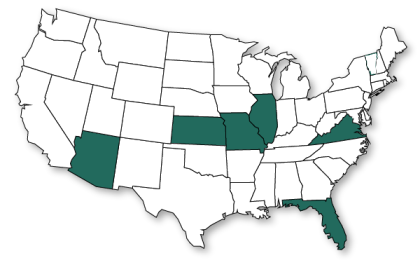 Few features of a home or condominium are as welcome on a cold day as a fireplace. The mesmerizing flames and cheerful warmth make fireplaces a popular feature. Fireplaces also present some unique hazards. Here are a few tips can help keep your family and property safe.
Few features of a home or condominium are as welcome on a cold day as a fireplace. The mesmerizing flames and cheerful warmth make fireplaces a popular feature. Fireplaces also present some unique hazards. Here are a few tips can help keep your family and property safe.
Smoke and Carbon Monoxide Detectors – Obviously these are key elements to your family’s safety. Many municipal fire departments will provide smoke and carbon monoxide detectors at a very low cost or even free. Some departments will even install them for you.
Is It a Real Fireplace? – Sometimes a fireplace may have originally been just for decoration, or was a gas fireplace that has been decommissioned. If you are new to your home or condominium, have a certified workman check it for safety and suitability for use.
Is Your Fireplace Safe? – Over time, a fireplace can develop defects that render it unsafe. Flues can become dirty, dampers damaged and firebrick may get cracked. Have your fireplace inspected by a qualified professional, and of course get your chimney swept regularly.
The Right Size Fire – On a cold night it may be tempting to build a nice, large fire, but a fire that is too big or too hot can cause damage to the firebox and over time increase the risk of heat or fire damage.
Light the Fire Safely – Never use flammable liquids to start your fire. Vapors can build unexpectedly and cause a flash or even explosion. Commercially available fire starters are a safe alternative to fuel-soaked papers or other fire starting methods.
Protect your Floor – Modern flooring materials have fire resistance engineered into them, but it is a good precaution to use a fire resistant “hearth rug” or similar item to keep errant embers from damaging your floor.
Protect Your Kids – Many fireplaces have a stone hearth. There are products that can be applied to the edge to protect against painful bumps. To prevent touching hot surfaces, consider a screen to keep hands back from grates and doors.
Use The Right Fuel – Fuels such as charcoal or coal are rarely suited for burning in a home fireplace. Carbon monoxide is a key danger with these fuels. Burning trash can be dangerous and various plastics, coatings, and other components can release noxious gasses. Use fireplace logs according to the manufacturer’s instructions.
Your independent agents at the O’Connor Insurance Company hope you and your family enjoy the winter and have a wonderful time sitting in front of your fireplace this winter. If you have an insurance questions, please contact one of our independent insurance agents at 314-434-0038.


